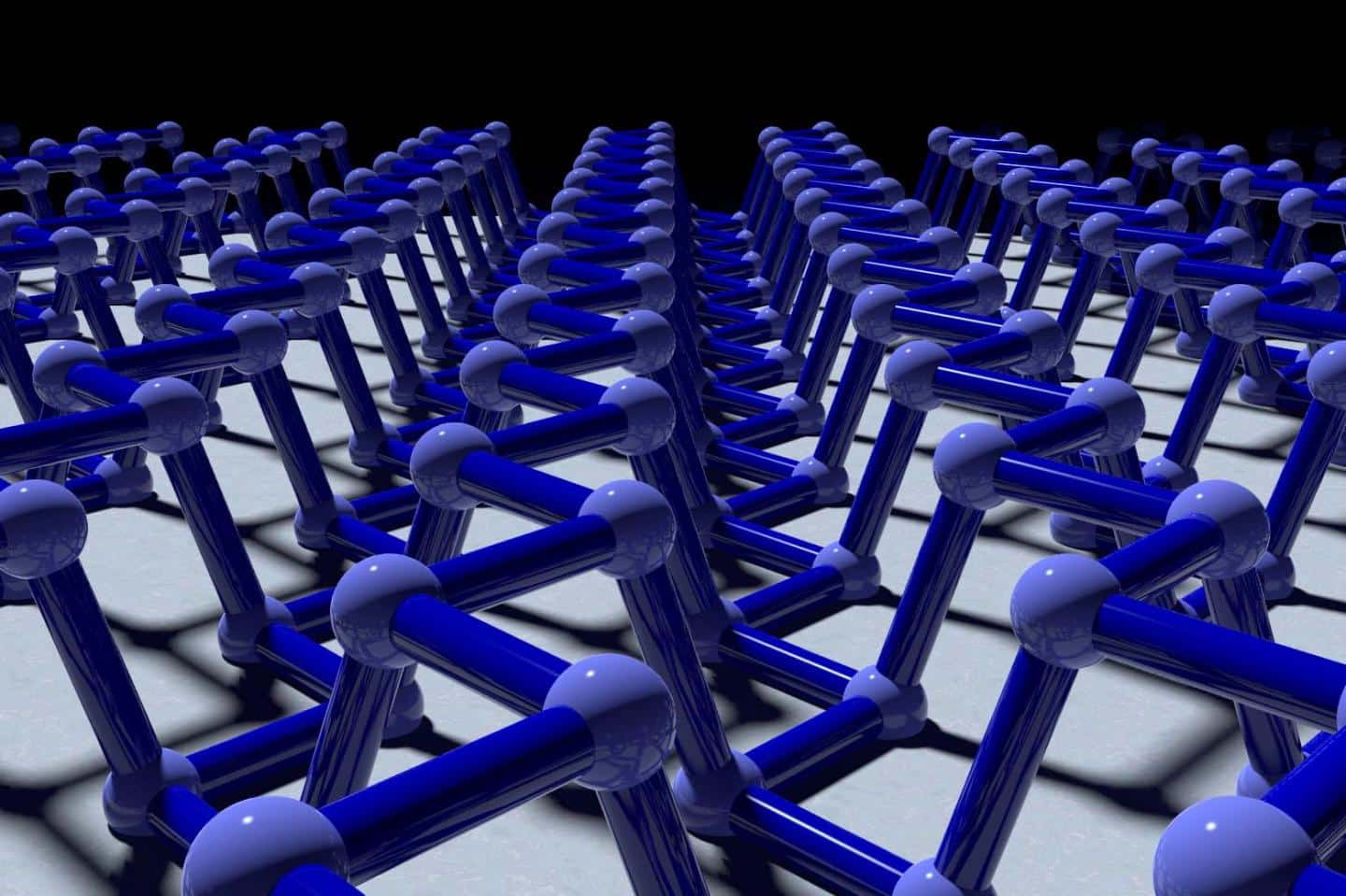
Istituto Nanoscienze
Consiglio Nazionale delle Ricerche
PEC: protocollo.nano@pec.cnr.it
Partita IVA 02118311006
Piazza San Silvestro 12
56127 Pisa, Italy
phone +39 050 509418
fax +39 050 509550
Istituto Nanoscienze Consiglio Nazionale delle Ricerche
Piazza San Silvestro 12, I
56127 Pisa
phone +39 050 509525/418
fax +39 050 509550
via Campi 213/A, I
41125 Modena 7
phone +39 059 2055629
fax +39 059 2055651″
| Cookie | Duration | Description |
|---|---|---|
| cookielawinfo-checkbox-analytics | 11 months | This cookie is set by GDPR Cookie Consent plugin. The cookie is used to store the user consent for the cookies in the category "Analytics". |
| cookielawinfo-checkbox-functional | 11 months | The cookie is set by GDPR cookie consent to record the user consent for the cookies in the category "Functional". |
| cookielawinfo-checkbox-necessary | 11 months | This cookie is set by GDPR Cookie Consent plugin. The cookies is used to store the user consent for the cookies in the category "Necessary". |
| cookielawinfo-checkbox-others | 11 months | This cookie is set by GDPR Cookie Consent plugin. The cookie is used to store the user consent for the cookies in the category "Other. |
| cookielawinfo-checkbox-performance | 11 months | This cookie is set by GDPR Cookie Consent plugin. The cookie is used to store the user consent for the cookies in the category "Performance". |
| viewed_cookie_policy | 11 months | The cookie is set by the GDPR Cookie Consent plugin and is used to store whether or not user has consented to the use of cookies. It does not store any personal data. |